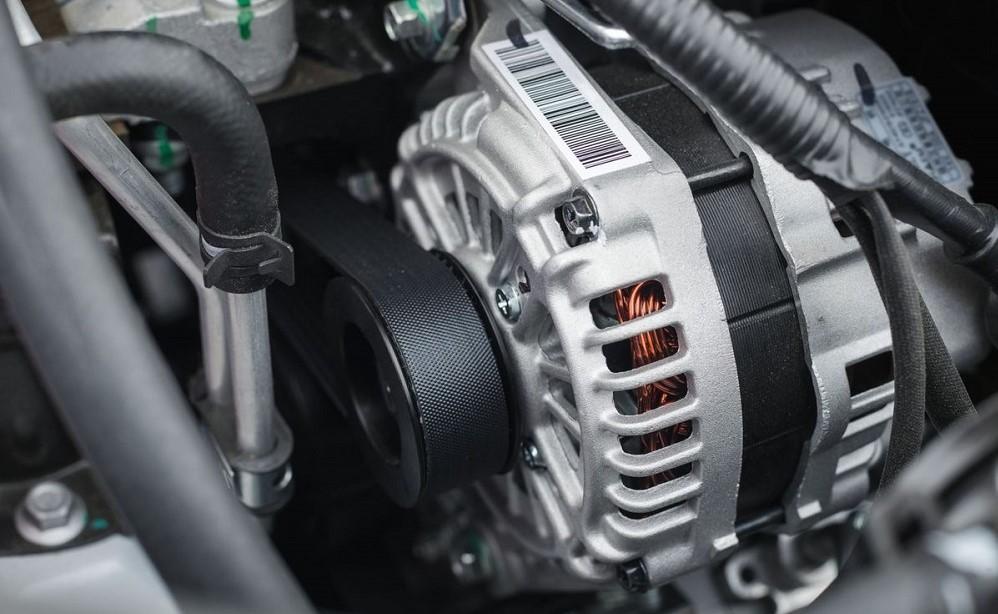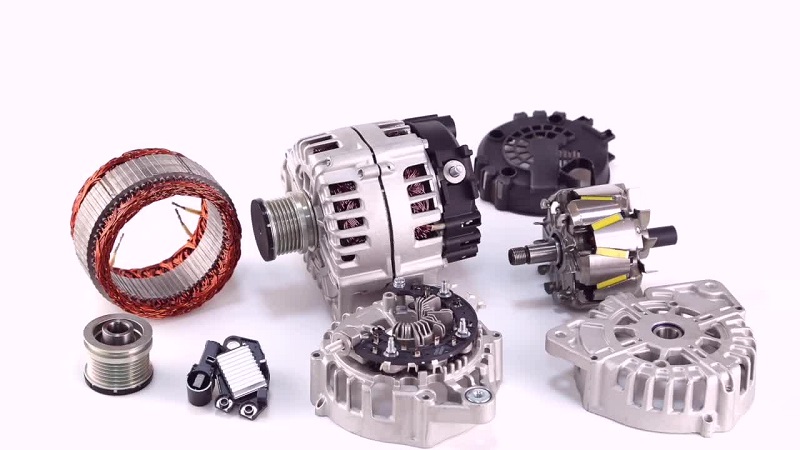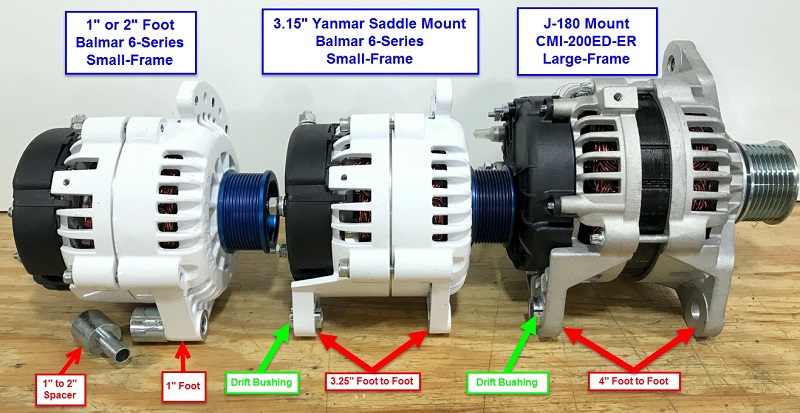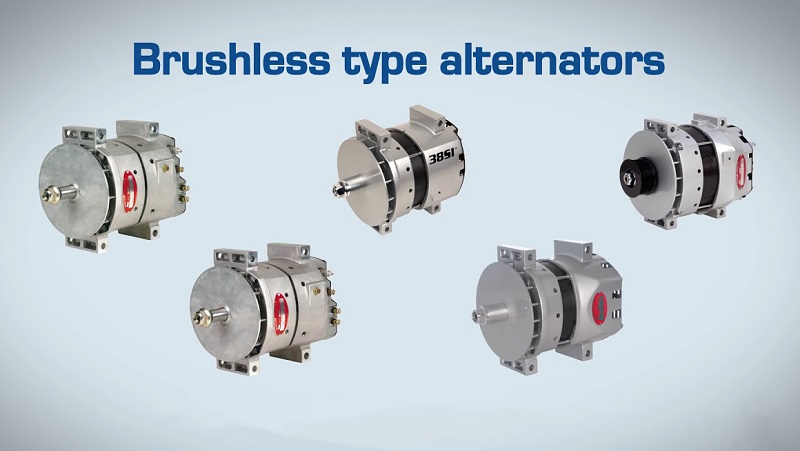Types of alternator depend greatly on the way they are designed, the way it’s used and other factors. But what is an alternator? An alternator is an electric generator that uses mechanical energy and transforms it into electricity. The alternator starts its main task of converting energy after creating sufficient mechanical energy with a magnetic field and rotor. To know more about the alternator, the alternator parts, and functions, and to answer the question that what exactly it does besides what are the types of alternator, please continue reading here at Linquip.
You can find everything you need to know about alternators at Linquip. In the case of an alternator problem, our experts are available to assist you. Start by reading Linquip’s article “What Is an Alternator?” to gain a basic understanding of these devices.
Are you familiar with alternators? Our selection of Alternator Products will help you find the alternator you need. Do you have a specific type of alternator in mind? Linquip provides free access to all available Alternator Devices for Sale. If you need alternator prices, Linquip allows you to send a free quote request/inquiry to all Alternator Suppliers and Companies.
How an Alternator Works?
Three main elements of a car charging system are the battery, the tension controller, and an alternator. For the battery, the alternator provides electricity for the electrical equipment of a car such as the inside and outside lighting system and the instrument panel.
Alternators are generally located near the motor front and are driven by a crankshaft that allows up / down movement of the pistons into circular motion. Many alternators are connected to a specific point on the engine through brackets. One bracket typically has a fixed point, while the other bracket can be modified to tighten the driving belt. Alternators generate AC power by electromagnetism. Electricity is transmitted into the battery and the different electrical systems work with a voltage.
Before going further on what different types of alternator are and how they work, let’s look at the next section on the alternator parts and functions
Alternator Parts
Regardless of the types of alternator, it generally has three parts: the stator, the rotor, and the diode, plus a voltage regulator.
Rotor and Stator
A rotor and an alternator stator are a group of magnets driven by a belt that creates a magnetic field inside the copper wiring. A pulley connecting to the motor enables the rotor to rotate at high speed that creates a magnetic field that is used as the belt. The stator then creates electricity and voltage to flow into the diode mounting. The created electricity is called, alternating current or AC.
Diode Assembly
DC, the current type used by car batteries, is converted into direct current by an alternator’s diode assembly (AC). The two-terminal diode assemblage works by allowing only one direction to flow the electricity generated by the stator.
Voltage Regulator
To control the charging process, the voltage regulator controls the power supply from the alternator to the battery. Regulators are designed and work according to their specifications, with different functions.
Alternator functions
The alternator is an essential part of any vehicle’s power system. The main function of the alternator is to convert mechanical energy into electrical energy, which it uses to charge the battery electrically. It also supplies power to the other electrical components of the vehicle.
Battery Recharge
No matter what types of alternator we have, the key feature of any alternator is the generation of battery electricity. Depending on the terrain and whether you use other electricity drain functions such as headlights or radio, it could take about 20 to30 minutes to get a new car battery with a non-properly functioning alternator. The alternator recharges the battery while using the car to make sure your battery is good for a long time.
From Mechanical Energy to Electrical Energy
The pistons in the crankshaft, where the combustion happens, are taken out of the gas tank. The crankshaft transmits the explosive energy from the combustion to an alternator-connected serpentine belt. When the pulley on the alternator rotates, a magnet and a coil convert mechanical energy into electric energy and generate electricity.
Powering Accessories
Most of the electrical systems consist of an alternator, although some power can be taken from the battery directly. One of the components of the electrical part of any car is the alternator, and if it is suspected as not working properly, you can use the least electricity to go where you can fix your alternator.
Types of Alternator
Depending on their use, design, output power, and cooling, alternators can be categorized in many ways.
Types of Alternator based on its use
- Car alternators
- Diesel-electric alternators
- Marine alternators
- Brushless alternators
- alternators for radio transmission with low band radiofrequency.
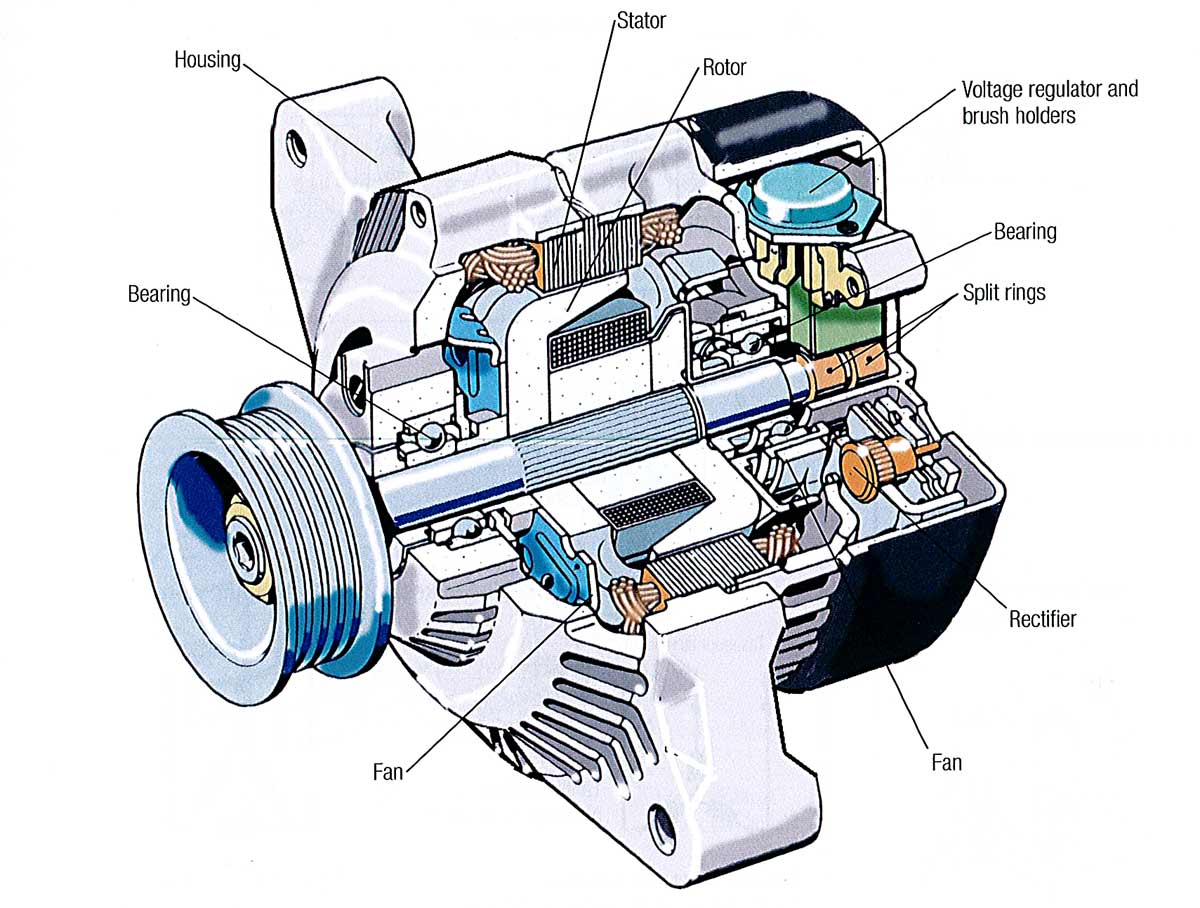
Types of Alternator Based on the Type of its Design
- Salient pole rotor
- Smooth cylindrical Rotor
Types of Alternator Based on its Output Power
- Single Phase Alternator- generating one alternating voltage continuously
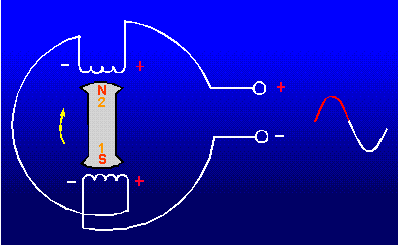
- Two-Phase Alternator- the winding generates maximum flux in the first quarter, then the second winding generates zero flux and the second winding generates the maximum flux and the first winding generates zero flux in the second quarter.
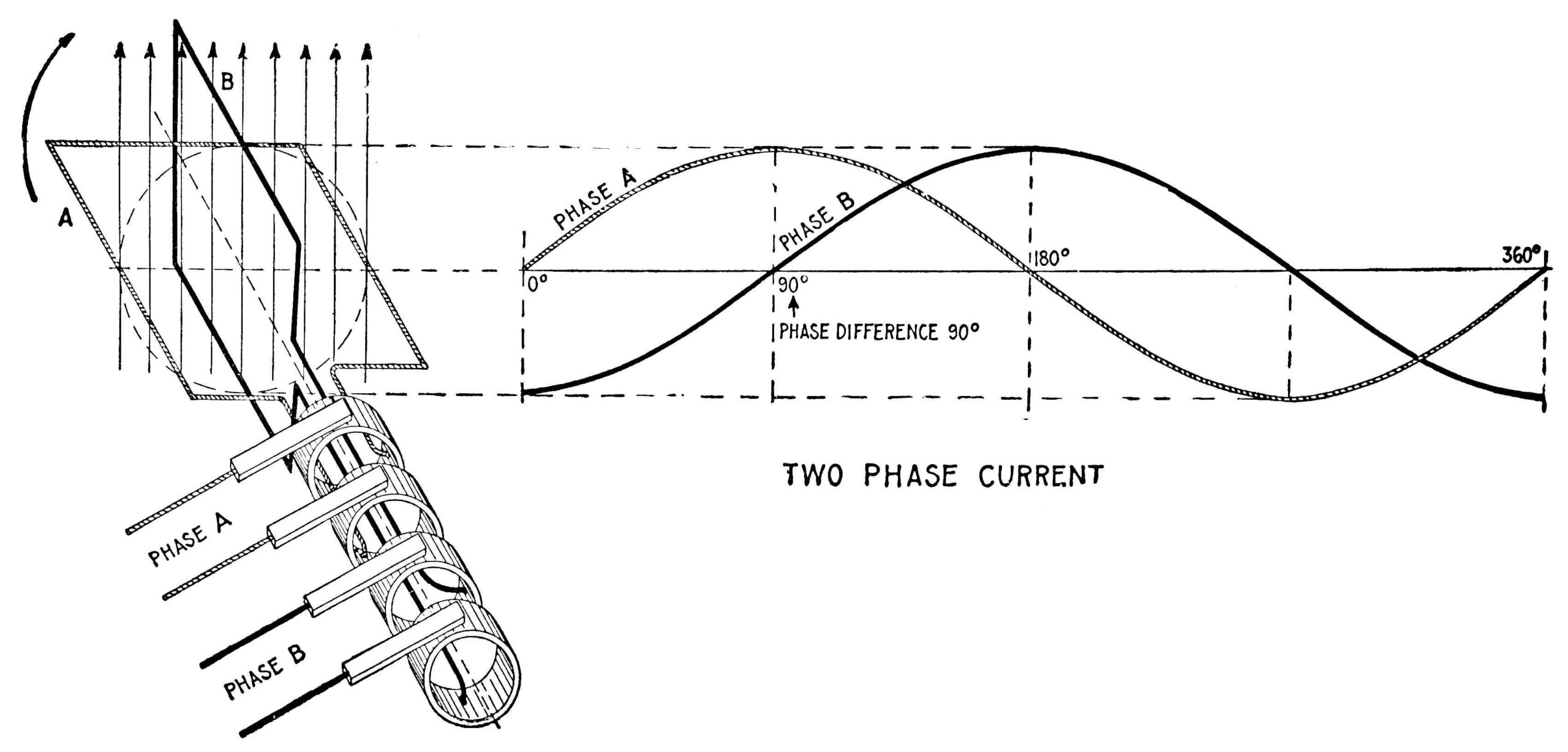
- Three Phase Alternator- each winding voltage is 120 ° from one stage and the voltages in the other two windings. The windings are linked to a 3-phase output within the star.
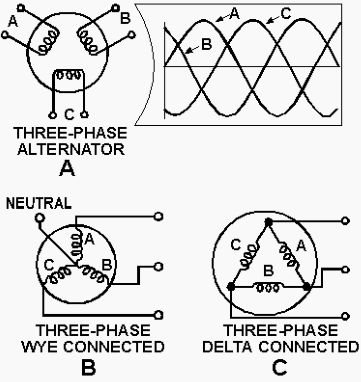
Alternator vs Generator: What is the difference between a generator and an alternator?
A generator converts mechanical power into fuel or electricity. It has a revolving rectangular coil that rotates around its axis in the magnetic field. Two slip rings are connected to the ends of the coil. The slip ring absorbs the induced current of the coil and transfers it to external load resistance R. The rotating coil is known as the copper-made armature.
But, are alternators and generators the same thing? Let’s see:
- An alternator is a machine that converts the mechanical electricity from the primary mover into the AC, while the generator converts the main mover’s mechanical energy into an AC or DC.
- An alternator has a rotating magnetic field yet a generator has a rotating magnetic field for the generation of high voltage and a stationary low voltage magnetic field.
- Input is supplied by the alternator from the stator, but in the generator, it is supplied by the rotor.
- An alternator’s armature is stationary but it rotates in a generator.
- The generator output voltage is variable and the generator output voltage is constant.
- While the alternator does not charge the battery which is completely dead, the generator does.
- The alternator output is more powerful than the generator output.
Do you know about brushless alternator?
A brushed alternator uses a brush for moving electricity through a generator or an alternator. brushed alternators are useful for electric current movement; however, they need a lot of maintenance. They have several moving parts that work together and can affect the rest of the alternator even if one of the parts is broken or malfunctioned.
A Brushless alternator, on the other hand, is more suitable for longer and more constant use, because there are no replacement or repair brushes and fewer internal parts are damaged. But, how does brushless alternator transfer the electric current? Two sets of rotors rotate together in a brushless alternator to generate and transmit electrical current. A second, smaller generator on the end of the device, rather than brushes, is used by a brushless alternator for the transfer of any electrical current. This is a direct benefit over a brushed alternator because there are no replacement or repair brushes which will save you money and time in long term.
Download Types of Alternator PDF
For your convenience, you can download this document’s PDF version to your computer. Click on the link below to start the download.
In this article we provided you with a simple yet clear definition of the alternator. You also read about the alternator parts and functions, how it works, and what types of alternator there are according to many factors involved. If you need more details about the types of alternators, click on sign up at Linquip and then ask your questions. You will for sure find all you seek.
Read More In Linquip
- What Does an Alternator Do?
- Signs of a Bad Alternator
- Alternator Function: The Complete and Easy to Understand Guide to How Alternators Work
- Alternator vs Generator: Your go-to guide to learn their difference
- Alternator Slip Rings : discover the basic purpose and other detailed forms
- Alternator Construction and Design
- Difference between AC and DC generators: An easy to understand guide
- Types of Transformer: An Article About How Transformers Differ in Construction and Design
- Important Detailed Information About The Types of Transducers
- The Ultimate Guide to Knowing Everything About All Types of MCB
- Parts of DC Generator : Explanation of Parts, Working, Types, Advantages & Disadvantages
- Type of Generator: Learn the Basics, Get the Most Out f it!

